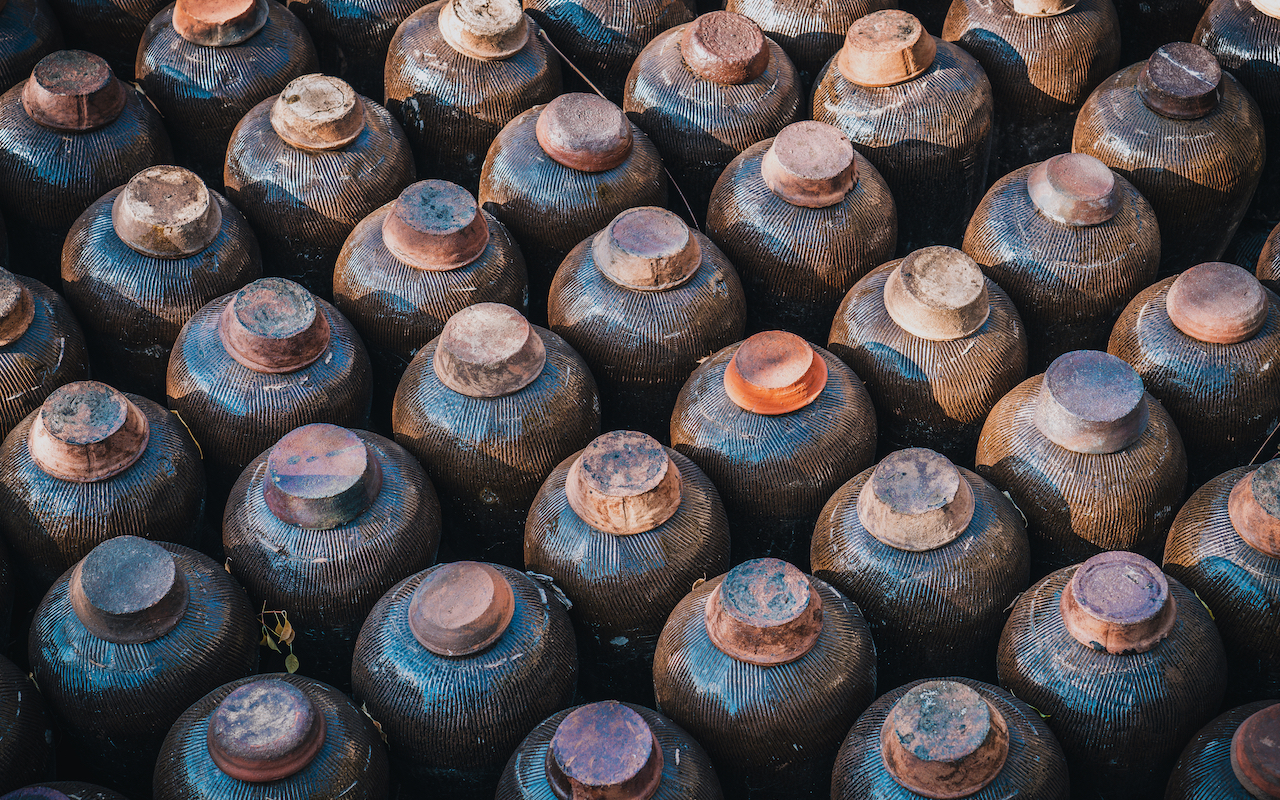*Produced by SilverKris for Tai Min Tobacco*
Despite being the top-selling liquor in the world by volume with about 10 billion litres consumed each year, baijiu remains a relative rarity in bars and restaurants. Known as China’s national booze, baijiu is an ancient white spirit, dating back more than 6,000 years, that is made with grain. While traditional, high-quality baijiu is made with fermented sorghum, the drink can be distilled from other grains such as rice and millet as well.

With a strong, fiery flavour and an average alcohol content of between 40% and 60% by volume, the Chinese liquor is considered an acquired taste, typically consumed as shots (whether carefully sipped or quickly gulped down) rather than mixed in cocktails. Like gin and whisky, there are many different types of baijiu.
The three main ones include the strong aroma baijiu, the most traditional variety that boasts a fruity, spicy flavour; the light aroma baijiu, which has a sweeter, more floral taste and is best suited for those new to the Chinese liquor; and the sauce aroma baijiu, the most distinct variety with a flavour profile that brings to mind soy sauce.




What is Fenjiu?
A distilled spirit originating from Shanxi, a province situated in northern China, Fenjiu is a type of light aroma baijiu that boasts a delicate fragrance with a sweet, mellow and refreshing taste. Produced in mountainous regions with cool climates, it uses high-quality sorghum that’s brewed with the ancient well water and groundwater of Xinghua Village.
The sorghum grains are first steamed for about eight hours, before being fermented with daqu, a traditional Chinese fermentation starter made from peas and barley, in underground jars for about a month. The fermented grains are then distilled to produce the first batch of liquor. Any remaining grains will be put through a second round of fermentation and distillation to produce the second batch of liquor. The two batches of liquor are then combined and aged for 20 to 30 years to create Fenjiu.
Relying solely on natural conditions and resources, the unique, traditional brewing method of Fenjiu makes it one of the cleanest Chinese spirits with the least impurities, thus being the least likely to cause a hangover.
How to drink Fenjiu
Best consumed neat without ice or water, Fenjiu is normally served at room temperature in tiny, dollhouse-like cups. The social drink is also usually shared in communal settings and taken as shots. For beginners, it’s best to start by slowly sipping the spirit. Notice how the flavour and aroma of the liquor evolves with each sip, how it tastes on different parts of the mouth. You can also take in the fragrance of Fenjiu through the nose, making sure to exhale away from the liquid.
Thanks to its light aroma, it is the most approachable and accessible variety of baijiu. For food pairings, it goes well with umami-packed, Shanxi-style dishes with spicy and sour flavours that complement the dryness of the alcohol.
Since bagging the Gold Medal at the Panama Pacific International Exposition in 1915, Fenjiu – one of China’s four national alcoholic beverages – has been recognised as a top-shelf baijiu liquor and continues to gain traction in international markets.
Founded in 2001, Tai Min Tobacco (马来西亚代理大明集团), a Malaysia-based distributor and retailer, is the sole importer of high-end Fenjiu from Shanxi Xinghuacun Fenjiu Liquor Group in Southeast Asia. Among the Fenjiu varieties it carries are the Qinghua 30, a 30-year-old Fenjiu that comes with an alcohol content by volume of 48% or 53% (48°30年青花汾酒/53°30年青花汾酒), and the Banama 20, a 20-year-old Fenjiu that comes with an alcohol content by volume of 42% or 53% (42°金獎20年汾酒/53°金獎20年汾酒). For more information, contact Tai Min Tobacco at +6017 347 1688 or+6013 584 5688.
The post How to appreciate Fenjiu: A beginner’s guide appeared first on SilverKris.
from SilverKris
No comments:
Post a Comment